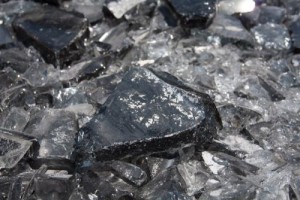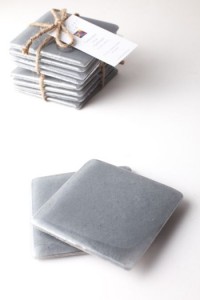Today everyone keeps discussing about protecting our mother nature, our planet from different wastes like chemical waste, radioactive waste, bio-degradable waste or non-degradable waste to name just a few. With the advancement of science and technology one more type of waste is posing a serious threat to the environment. Almost in every house there are television sets (one per family if not one in every room) and desktop. Do you remember your old heavy box type television set (with the Cathod Ray Tube Technology) which was latter replaced with the latest Flat Screen LED TV. Have you ever thought when you go any buy a new desktop what happens to the one you are discarding. The discarded electronics are the new waste, well known as the “e-waste”. Just to be more precise there are almost 600 million pounds of non wanted CRT in California alone. Imagine the amount of e-waste lying world-wide as waste without any way to recycle them.
The CRT technology used in Television to project the image on the screen and required the glass to be thick and shatter resistant. And therefore CRT glasses are considered as real tough material to be recycled. Moreover the CRT could only be recycled into a new CRT and unfortunately the technology is outdated and so not in demand anymore.
Founder and chief Ceramicist Paul Burns, and his member has been brainstorming at FireClay Tile for last three years to put this unwanted CRT in some good use and thought of molding them into tiles. Three years back when one of the Paul’s friend was replacing all the old CRT desktop used in his business. This made Paul wonder what happens to the scrapped one and since then he along with his team is working to devise a plan for recycling these CRT e-wastes. This idea is not new for FireClay Tile as they have been already making beautiful tiles using recycled material and unprocessed stoneware clay.
FireClay Tile is getting a helping hand from a local electronic recycler, ECS Refining in extracting the glass from the original housing and making the glass free from harmful materials like lead. This extracted thick glass then undergoes a multi-step crumbling process. This process makes the glass adequately small, to be melt easily when exposed to heat. Later in the process the separated glass is mixed with white color to give a light gray color, titled as Phosphor and the finished tile will be available in two sizes 2*8 and round mosaic measuring in 1 inches and can be put to use anywhere from commercial to personal use, indoor as-well outdoor.
However as each tile requires a special mold for providing the required consistency, FireClay Tiles needed US$ 10,000 to buy these molds, So if you want to support the FireClay Tiles in their great cause, you may contribute in the Kickstarter program and earn some reward in return too.
Source: Treehugger & Kickstarter






